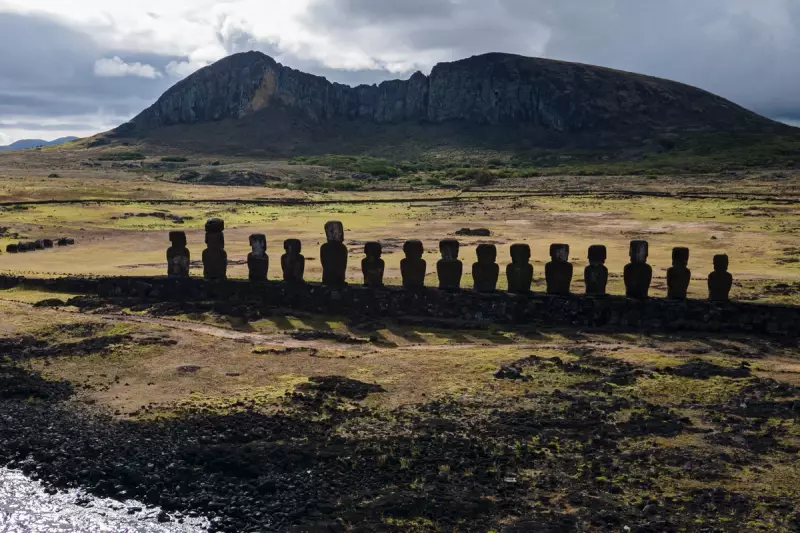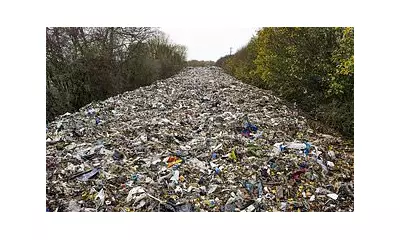
In a remarkable archaeological operation that has captured global attention, two of Easter Island's ancient Moai statues have been successfully moved from their coastal positions to a safer inland location. This unprecedented relocation marks a significant moment in the preservation of one of the world's most mysterious archaeological sites.
The Great Moai Migration
The operation, conducted by the Indigenous Rapa Nui community in collaboration with Chilean authorities, saw the monumental statues carefully transported approximately 200 metres inland from their previous positions near the island's coastline. The delicate process required specialised machinery and expert archaeological supervision to ensure the priceless artefacts remained undamaged during their journey.
Why Move Ancient Guardians?
Archaeologists and conservationists have grown increasingly concerned about the threat posed by coastal erosion and rising sea levels to Easter Island's cultural heritage. The Moai, carved from compressed volcanic ash between 1250 and 1500 CE, have stood as silent sentinels for centuries, but modern environmental challenges now jeopardise their survival.
This relocation represents a proactive approach to conservation, moving vulnerable statues before damage occurs rather than attempting restoration after the fact. The operation follows years of research and planning to identify the most at-risk monuments.
A Community's Living Heritage
For the Rapa Nui people, the Moai are not merely archaeological curiosities but living embodiments of their ancestors. Each statue represents a deceased chief or important lineage figure, believed to contain supernatural power or mana.
The community's direct involvement in the relocation project underscores the continuing cultural significance of these monuments and the Rapa Nui people's commitment to preserving their heritage for future generations.
What This Means for Easter Island's Future
This successful relocation establishes a precedent for how archaeological sites worldwide might adapt to climate change challenges. As sea levels continue to rise, coastal heritage sites from Scotland to the South Pacific face similar threats, requiring innovative conservation strategies.
The operation also highlights the delicate balance between preserving archaeological context and ensuring physical survival of irreplaceable cultural treasures. While moving the statues alters their original placement, it guarantees they will endure for centuries to come.
As climate change accelerates, the world watches how traditional knowledge and modern archaeology combine to protect humanity's shared heritage against unprecedented environmental challenges.





